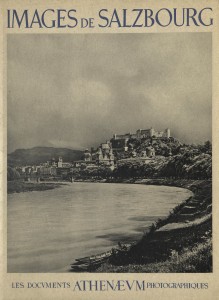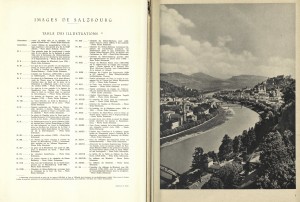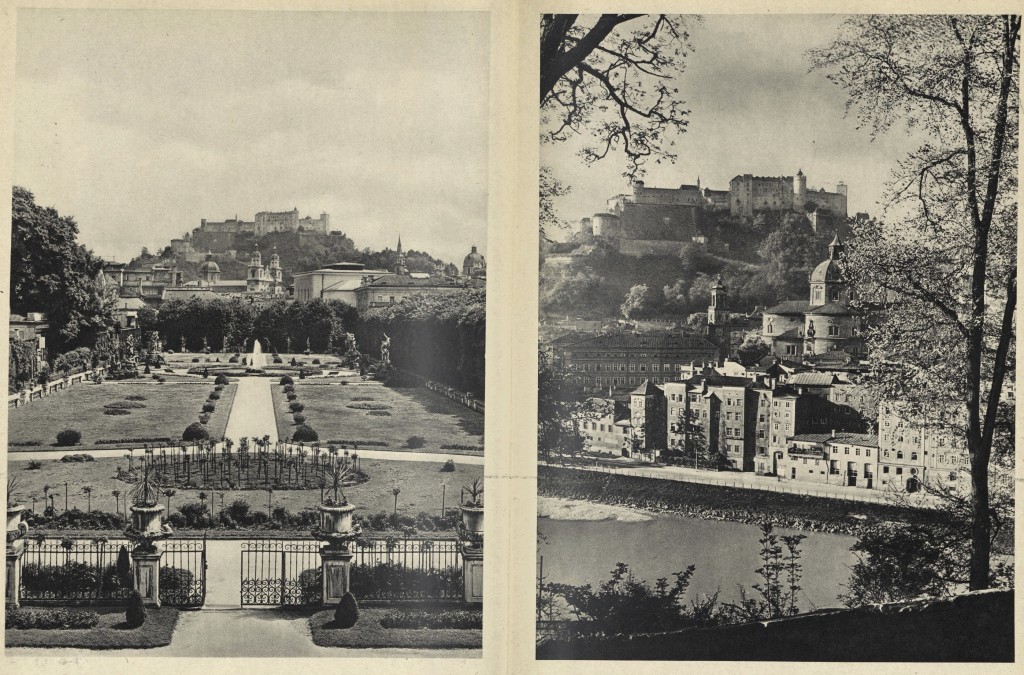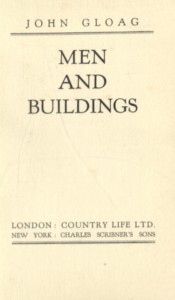 Originally published in 1931, John Gloag’s book Men and Buildings examines architectural history and trends. Gloag gives special attention to Italy, England, and changes in more contemporary times. Gloag notes that “despite new materials and the need for work on a bigger scale, it is a peculiar weakness of our time to take refuge in the past for inspiration” (pg. 4). He argues that “only if they are humanized can the austere experiments of the present prepare the way for an eventual coherence in architectural taste and a new majesty of form,” one which reflects modern values and an understanding that others will inherit those forms (pg. 228).
Originally published in 1931, John Gloag’s book Men and Buildings examines architectural history and trends. Gloag gives special attention to Italy, England, and changes in more contemporary times. Gloag notes that “despite new materials and the need for work on a bigger scale, it is a peculiar weakness of our time to take refuge in the past for inspiration” (pg. 4). He argues that “only if they are humanized can the austere experiments of the present prepare the way for an eventual coherence in architectural taste and a new majesty of form,” one which reflects modern values and an understanding that others will inherit those forms (pg. 228).
Men and Buildings is nearly as focused on the future as it is on the past. The epilogue even includes a theoretical discussion in the 50th century among archaeologists interpreting the uncovered remnants of a 19th century bridge. Gloag discusses the recurring theme in architecture of looking to the past for inspiration. He pays particular attention to England’s recycling of Roman architecture, even naming the chapter “England Edits Rome.” Additionally, Gloag notes Italy’s reuse of Roman architecture, as well as the numerous advances in materials and the dearth of quality modern architecture featuring new ideas. Overall, he seems to mourn the state of architecture as of 1931, feeling that it lacks originality and does not reflect the values of society.
In Gloag’s fictional discussion in the epilogue, the archaeologists discover coins under the bridge. The elder archaeologist believes the coins to be there by chance, while the younger theorizes that they were thrown intentionally. The young archaeologists, it is revealed, is correct – the coins were thrown by those wishing for luck. The story serves several purposes. Gloag consistently argues for the reflection of “values” in architecture. While it is easy to sort some priorities from the architecture of a home, for example (e.g. a large dining room might indicate the importance of entertaining and family), but it is more complicated with a bridge. However, the presence of the coins might indicate a bridge so grand and so beautiful, that it inspires people to treat the river below as a wishing well. The epilogue also implies the importance of the younger generation in innovation and discoveries. The elder archaeologist dismisses the theory of the younger outright – had the determination of the apprentice archaeologist not been so strong, he might never have been proven correct. In this sense, Gloag seems to be suggesting that it is time for the older generation to listen to and pass the baton on to the next. Humans are taught to respect their elders due to their wisdom and experience, but new developments often come from the young. Oftentimes, the ideas that change the world start as a radical, preposterous notion in the mind of an adolescent.

 Bethany Patch’s Architects’ Homes examines the homes architects build for themselves, arguing that “architects use the design of their own homes both as a design experiment and as a representation of their own beliefs and ideals” (pg. 7). The book contains what Patch believes to be “a small segment of the designs that result from a successful collaboration between the architect as the designer and the architect as the owner” (pg. 9).
Bethany Patch’s Architects’ Homes examines the homes architects build for themselves, arguing that “architects use the design of their own homes both as a design experiment and as a representation of their own beliefs and ideals” (pg. 7). The book contains what Patch believes to be “a small segment of the designs that result from a successful collaboration between the architect as the designer and the architect as the owner” (pg. 9).
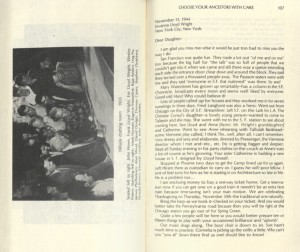 (pg. 14). The fact that Wright, as early as 1932, made a point of including women apprentices is fascinating, even somewhat radical. Today, many still note an excess of gender discrimination in the field of architecture, as well as a dearth of female architects. In contrast, Wright dedicated 40% of the apprenticeships to ensuring women had opportunities. While there may have been no follow-through on this goal (Wright notes that he has decreased the number of fellows to 70 and mentions that the fellowship would likely be only 30% girls), there are letters to female apprentices throughout the collection. It is worthwhile to note that Wright offers less praise for his female students than his male students, sometimes merely relegating them to “furnish” a project or “housebreak the owners” (pg. 96). He also proves somewhat haughty at times, such as after a student left Taliesin, telling him, “we all make errors of judgment, if we have any judgment, and being a young fellow, you ought to acquire a collection of errors in your own name as I have in mine,” indicating that he believes the student’s abandonment of Taliesin to be a mistake he will later regret (pg. 97). Wright also showed himself through the letters to be dedicated to keeping up with his pupils, often offering them work or advice, and asking about their families and personal lives. While Wright definitely showed a preference for his male students, he remained a loyal correspondent with many of his students whom he respected.
(pg. 14). The fact that Wright, as early as 1932, made a point of including women apprentices is fascinating, even somewhat radical. Today, many still note an excess of gender discrimination in the field of architecture, as well as a dearth of female architects. In contrast, Wright dedicated 40% of the apprenticeships to ensuring women had opportunities. While there may have been no follow-through on this goal (Wright notes that he has decreased the number of fellows to 70 and mentions that the fellowship would likely be only 30% girls), there are letters to female apprentices throughout the collection. It is worthwhile to note that Wright offers less praise for his female students than his male students, sometimes merely relegating them to “furnish” a project or “housebreak the owners” (pg. 96). He also proves somewhat haughty at times, such as after a student left Taliesin, telling him, “we all make errors of judgment, if we have any judgment, and being a young fellow, you ought to acquire a collection of errors in your own name as I have in mine,” indicating that he believes the student’s abandonment of Taliesin to be a mistake he will later regret (pg. 97). Wright also showed himself through the letters to be dedicated to keeping up with his pupils, often offering them work or advice, and asking about their families and personal lives. While Wright definitely showed a preference for his male students, he remained a loyal correspondent with many of his students whom he respected.



